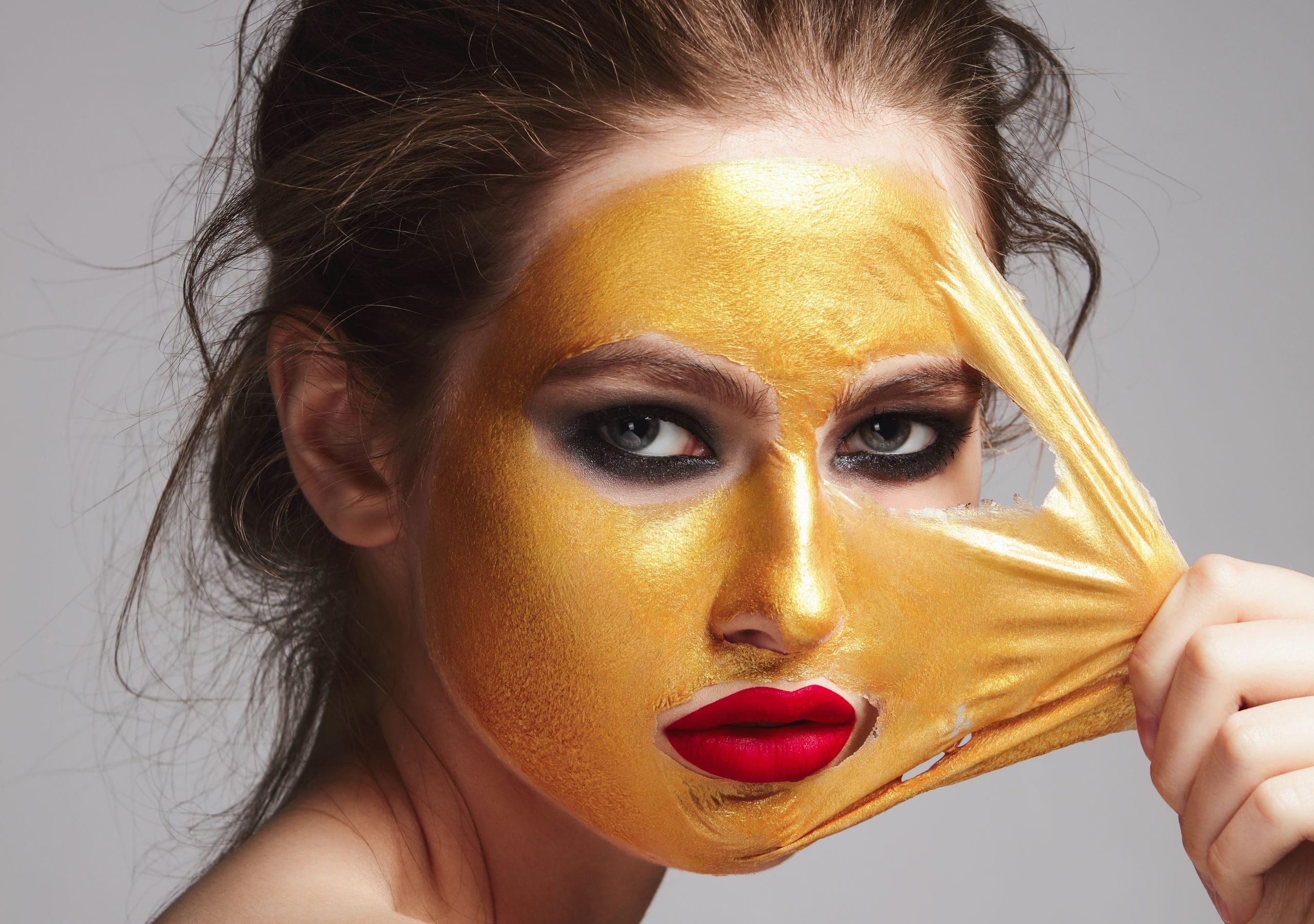All products featured on ArtfulLiving.com are independently selected by our editors. We may earn commission on items you choose to buy.

Photography provided by Getty Images/Lambada
Every now and then, along comes a beauty service so revolutionary that it’s considered a bit, well, insane. Would you endure bee stings in the name of reduced inflammation? What about set your hair on fire — literally — to eliminate split ends? Yes, these are actual treatments, and they, along with a few other extreme methods, are gaining popularity in the relentless pursuit of self-care. The saying goes that beauty is pain, but we’ll let you be the judge as to if these five out-there services are worth the pain.
Bee Mine
Love her, hate her or love to hate her, we can all agree that Gwyneth Paltrow has great skin. The Goop guru credits her glow to an ancient treatment called apitherapy, a branch of homeopathy that uses honeybee products (think honey, pollen and venom) to address issues like inflammation and scarring.
“The venom from honeybee stings stimulates the adrenal glands to produce cortisol, a hormone that has anti-inflammatory properties,” explains Lisa Brodar, a longtime beekeeper and the founder of the natural skincare line Land Meets Sea. “The venom jump-starts the immune system and helps release endorphins. Its antibacterial and antiviral properties also make it a unique weapon in fighting ailments of the central nervous system.” It’s still a bee sting, though, and as Paltrow admits, “Man, it’s painful.”
Feel the Burn
Once upon a time, I told my doctor I’d love to lose a few pounds, and she understandably asked if I’d be willing to change my diet and commit to an exercise routine. The answer then (and now, to be honest) was no. Minimal effort with maximum results has always been my motto, and it’s an idea I’m assuming celebrity aesthetician Joanna Vargas had in mind when she developed the Burn, a procedure promised to “contour, carve and sculpt faster than ever before.”
The science behind it? As we age, collagen fibers separate or even tear. This noninvasive radio-frequency treatment uses a low-energy electrical current paired with heat to push collagen fibers together and burn away fat and cellulite. Vargas’s clients target everything from the tummy and inner thighs to the knees and underarms. Think of it like shrink-wrap for the body.
Bathing Beauty
The ancient Greeks, Romans and Ottomans believed in the power of a good bath. So naturally in today’s world, we’ve capitalized on that concept and turned it into a sensory experience. At AIRE Ancient Baths outposts in New York City and Chicago, you can “lose yourself in a journey of sensations, an experience that consists of a tour at your own pace through thermal baths at different temperatures.”
That is, a hot bath at 102 degrees, a cold bath at 57 degrees, an ice bath at 50 degrees, a warm bath at 97 degrees, a bath of a thousand jets, and a steam bath. The idea is that hot water relaxes muscles and eases joint tension while cold water tones skin, reactivates blood circulation and reinvigorates the body. According to AIRE, your body is wise and will tell you when to move from one bath to another.
Fire Starter
Split ends can be so frustrating that they make you want to tear out your hair. But we’re here to tell you there’s another way: Instead, set it on fire! A trending service known as velaterapia consists of twisting sections of hair and running an open flame along the strands to cauterize them, which in turn helps maintain moisture and eliminate split ends. It’s a go-to treatment favored by models Alessandra Ambrosio and Candice Swanepoel at cult favorite São Paulo salon Laces and Hair.
We’re told, basically from birth, to protect our manes from heat, so the method is admittedly controversial, with some experts advising to simply stick to regular trims to avoid split ends. What fun is that, though?
Stuck on You
On the most recent season of The Bachelor, Colton Underwood and his ladies visited a woman known as the Leech Lady in Singapore to undergo something called leech therapy. Wisely, one of the women asked where the creatures came from and if they were FDA-approved. The answer is… no. But the therapy is becoming more mainstream for ailments ranging from pain to cardiovascular problems.
Basically, medicinal leeches are placed onto target areas of the body to feed on human blood. According to the science, leech bites (turns out they have three jaws with tiny rows of teeth) leave behind saliva that can have anti-inflammatory, antimicrobial and pain-reducing effects. Leech therapy has also been used to treat hair loss. That said, there’s definitely a not-so-insignificant mental hurdle to overcome that’s worth emphasizing once again: three jaws with tiny rows of teeth!


